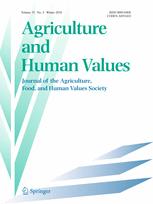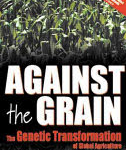Part 2. Recognize Types of Information
4 Types of Information Sources
Consider a topic such as the safety of genetically modified food. Wading into this large and controversial area, you’ll quickly discover that information about it comes from a wide range of sources: blogs and opinion pieces, natural medicine websites, scientific research articles, government and NGO sites, as well as books, newspapers, and magazine articles.
Each of these types of sources has different content, written by people with varying levels of expertise, and written for different audiences. And each of these types of sources will have a different value for you, depending on the context and requirements of your research need. Some assignments will require that you use scholarly, academic sources that have to undergo a lengthy editorial process and therefore take longer to appear. Other assignments may allow you to use less formal, popular sources of information that may be more timely.









